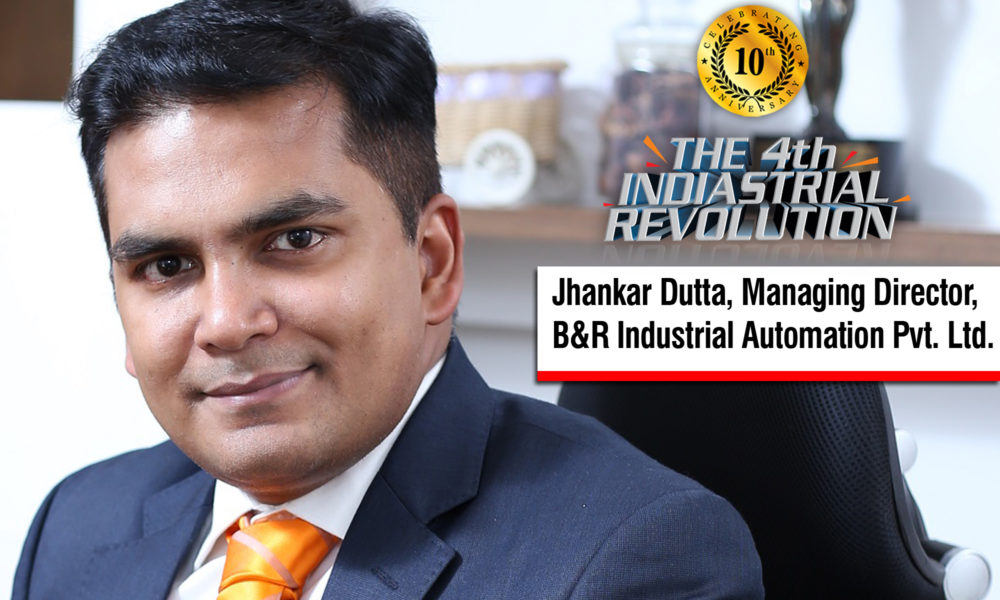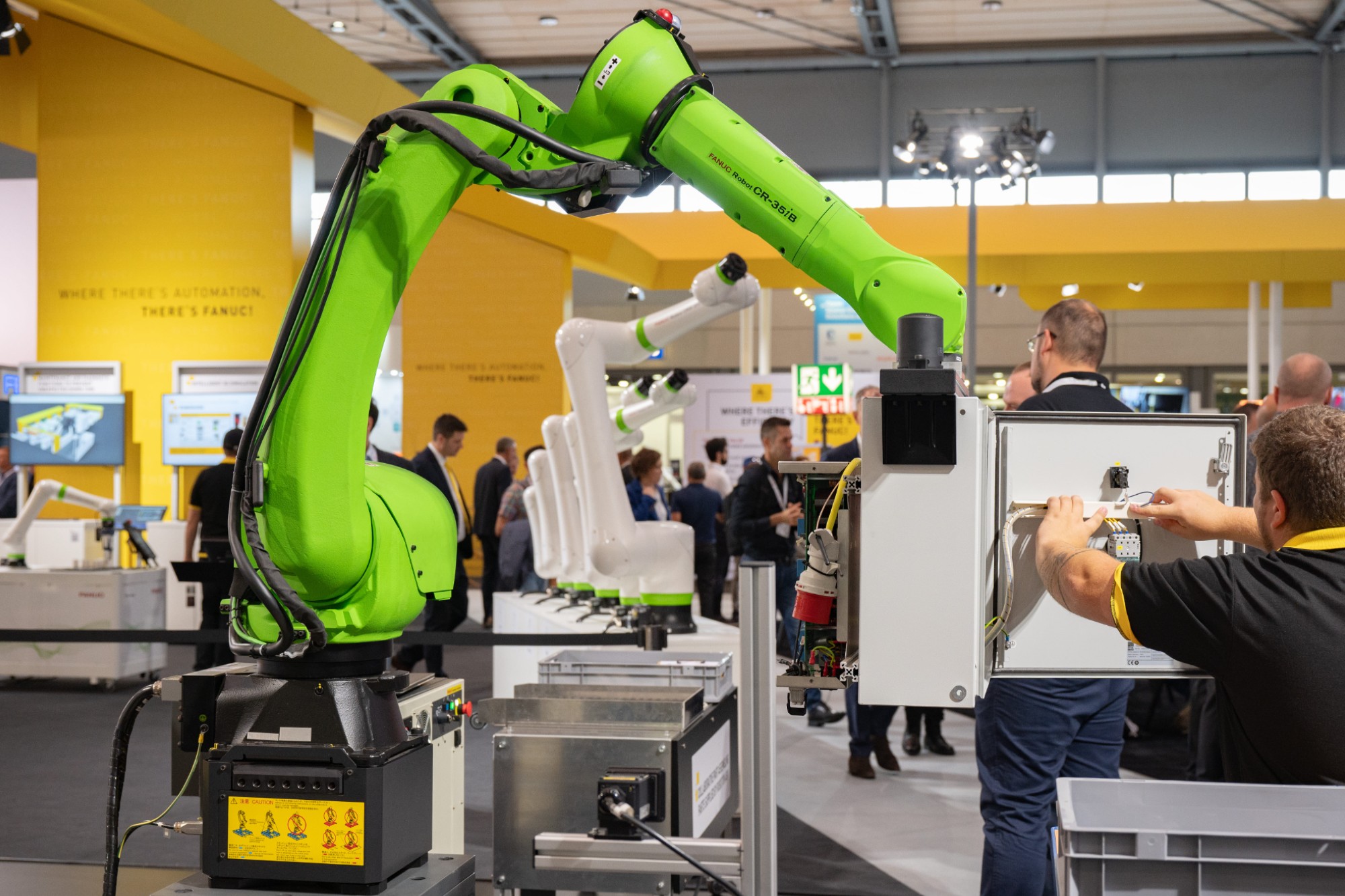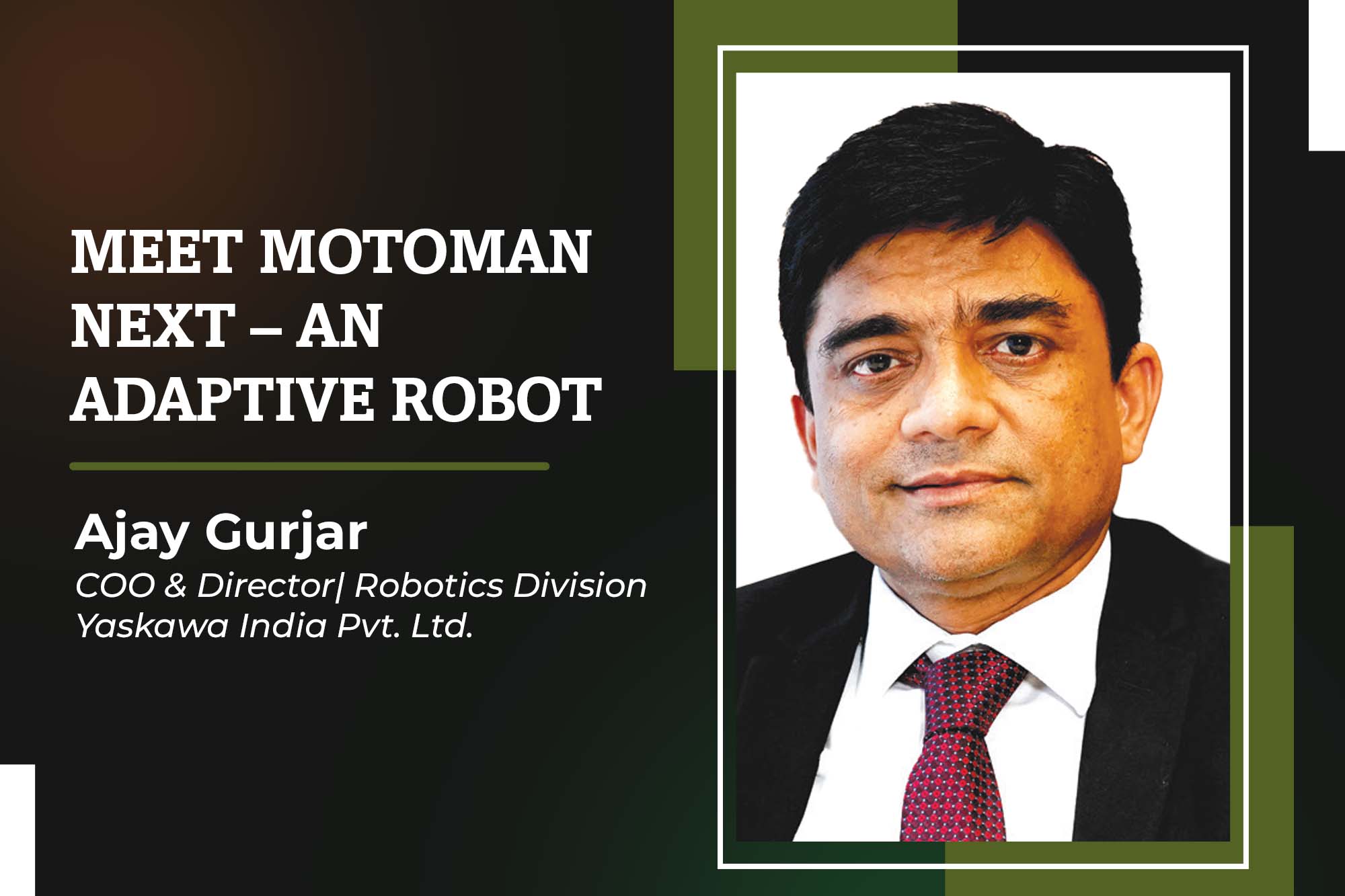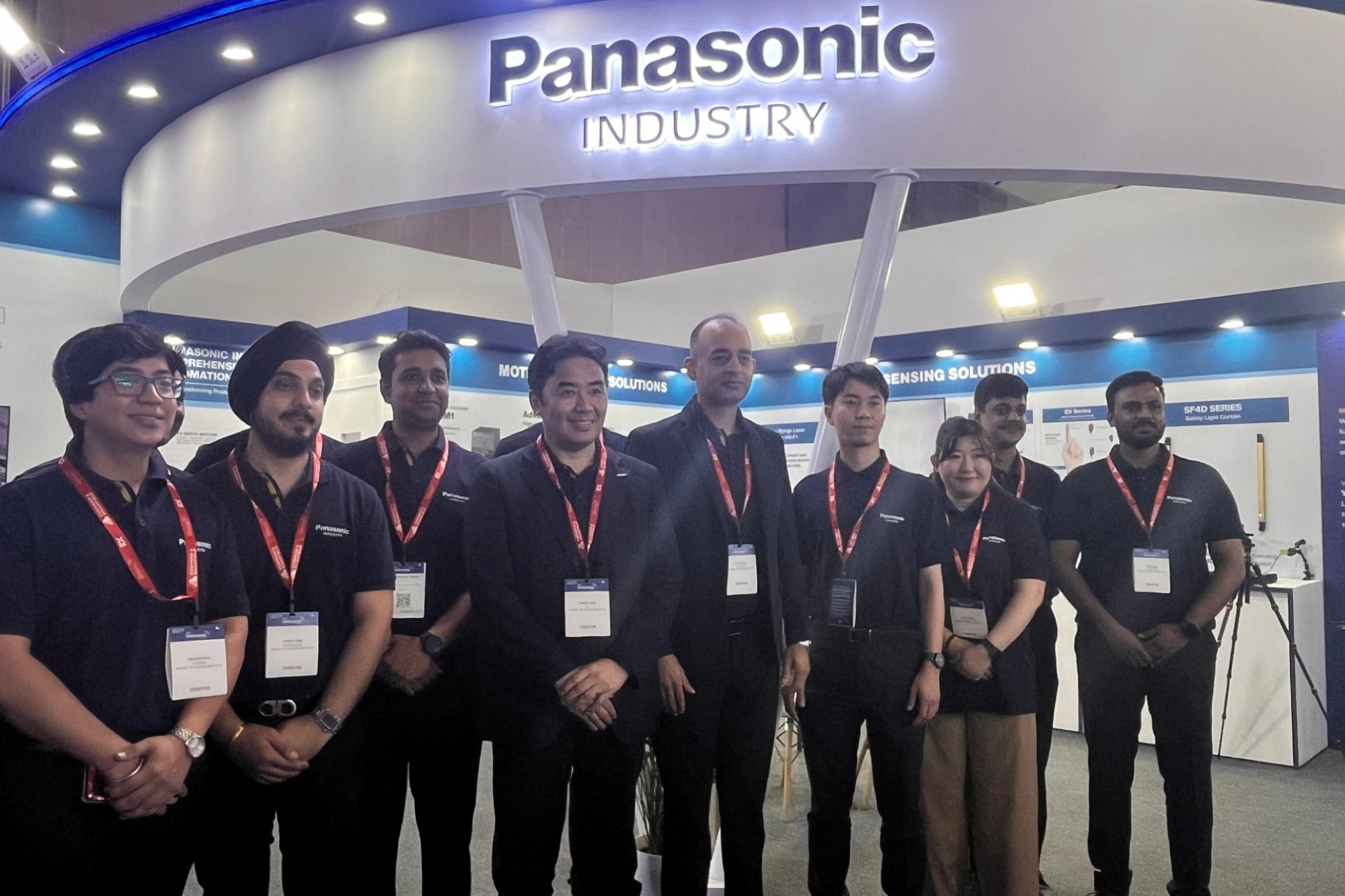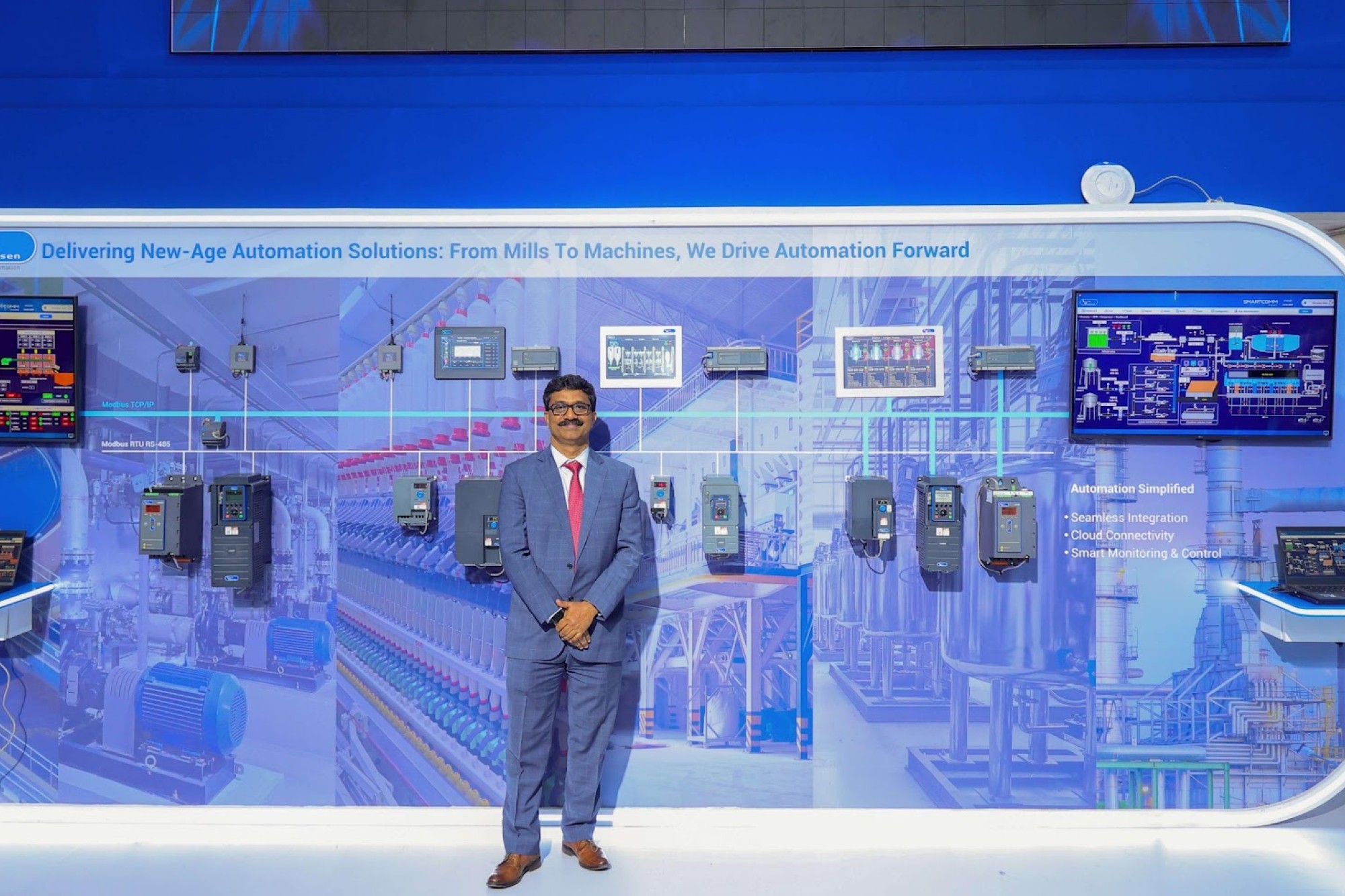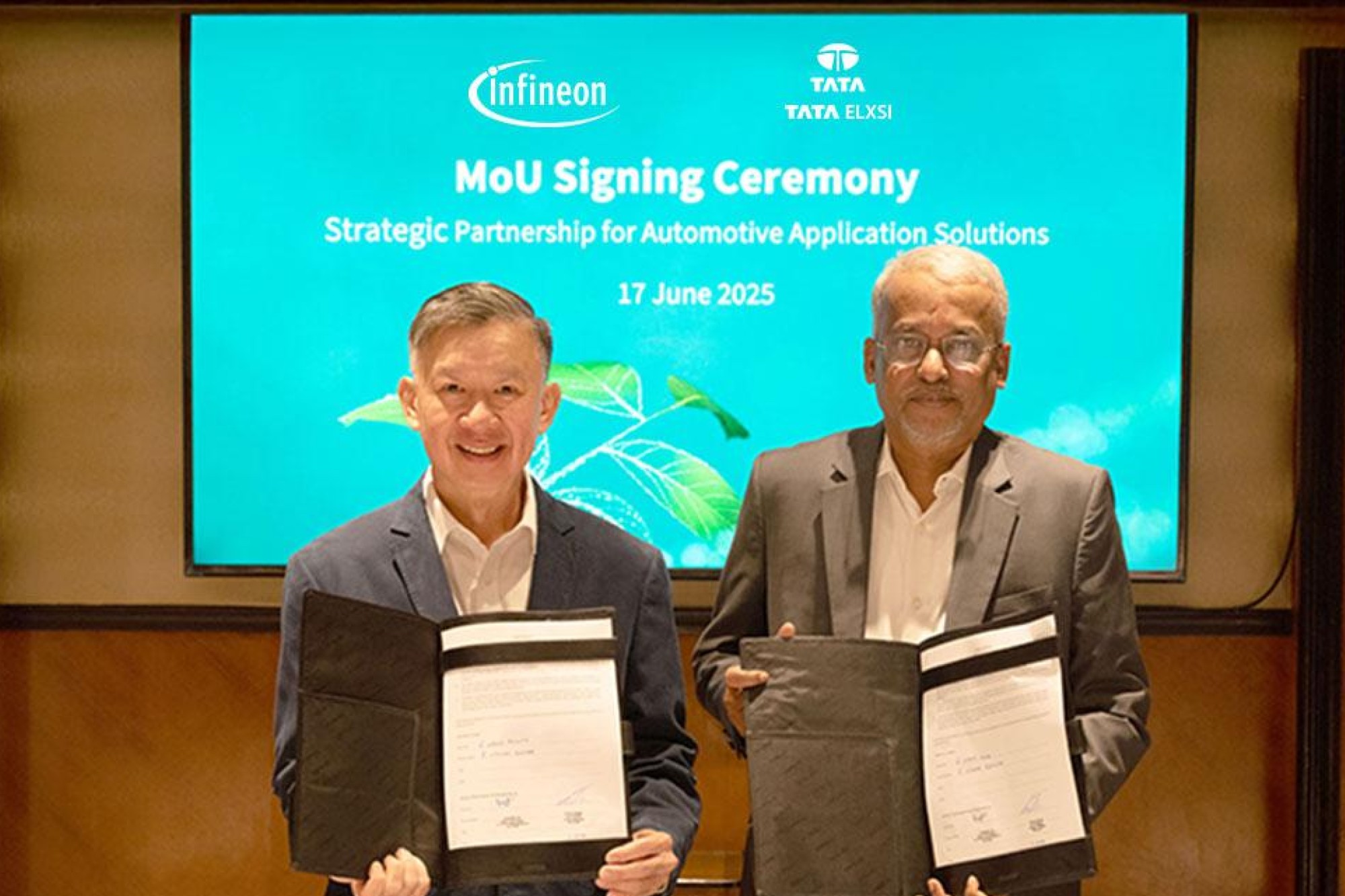Converging government policies with global automation trends
By OEM Update Editorial June 18, 2019 12:25 pm IST
Automation in India has come a long way with the advent of Make in India and Digital India campaigns, says Jhankar Dutta, Managing Director, B&R Industrial Automation Pvt. Ltd. However, there are certain issues that need to be addressed to make use of the government initiatives to make India a perfect manufacturing hub.
Steep growth in automation
Make in India has entered its fifth year with the prime goal being to transform India into a global manufacturing hub. Government’s intense global outreach and attractive schemes has persuaded many global manufacturers to invest in India and manufacture goods and products instead of importing them. This has not only led to improved automated manufacturing facilities, but also increased employment.
According to reports, since the launch of Make in India campaign, India has risen almost 70 ranks in the index for Ease of Doing Business. We are ranked 77th in the world out of 190 economies. With growing awareness of benefits, India is witnessing steep growth in automation implementation since the onset of government’s Make in India campaign.
The automation in India has certainly come a long way and playing a major role in improving operational excellence, enhancing ROI, productivity and quality improvement, thus, gaining popularity in Indian manufacturing industry.
Issues at MSME level
Make in India and Digital India have well prepared reforms in place based on global best practices; however, a periodic feedback, and review is essential for quick progress helping remove any identified bottlenecks in implementation. This enables manufacturing to keep up with fast-paced technology changes happening across the world.
The Micro, Small & Medium Enterprises (MSMEs) segment plays significant role in the emergence of the Indian economy. According to reports, Indian MSME segment contributes nearly 45 per cent to manufacturing sector. Associated with such high growth rates, this segment is facing many problems such as increasing global competition, fund shortage, brownfield plans with low operational scales etc. Adopting advanced automation and digitisation technologies in daily business, MSMEs can stay competitive and even gain differential advantage.
Government has enrolled many policies to promote growth and development in this sector by providing support to existing enterprises and encouraging setting-up of new enterprises in cooperation with concerned departments, state governments and other stakeholders. However, to bridge the existing gap between MSME’s aspiration of adopting technology and actual implementation, government need to develop more technology centres across India where MSMEs can get hands on experience in state-of-the-art technology.
Smart manufacturing & government policies
I would say the ‘Make in India’ movement has come timely with Industry 4.0. In India, we are already witnessing a tremendous impact on manufacturing industries. The best manufacturing practices, next-generation automation solutions together with the ease of doing business, is paving the way for Indian machine builders and factories to leapfrog in industrial development and achieve global leadership.
The focus on smart manufacturing is encouraging maximum use of automation, robotics and digitisation in facilities to lower production costs while enhancing efficiency, productivity and OEE.
India is a land of opportunity! Convergence of government policies with global trends is making it extremely attractive for investments, and, is receiving attention from countries across the globe. Make in India programme has given global recognition to the Indian economy and according to reports, India is expected to significantly rise in the global ranking of manufacturing countries by the end of 2020.
Automation & robotics
Industrial robots are seeing increasing use in automated production lines with many suggesting of this growth doubling in coming years in India. Robots are primarily deployed for improving speed, precision and accuracy as well as productivity and human safety, avoiding repetitive tedious tasks and enabling efficient, safe operation in health hazardous areas.
Today, advanced automation and robotics has opened up many additional capabilities such as batch size one production, additive manufacturing, reduced energy consumption, quick RoI, increased OEE, reduced maintenance, higher productivity due to robot-machine synchronisation, human robot collaboration etc. Automation and robotics has enabled shop floors to have a smaller machine footprint, inbuilt intelligent safety functions, reduced wiring and downtime with easier and safe changeover. Definitely, this helps shop floors with better space utilisation, reduced wastage, lesser downtimes, and easier restarts.
Will robotic process automation make traditional automation obsolete?Technology is definitely evolving rapidly with machine builders and factories, striving hard to adopt these evolutions in new or existing operations. With the second industrial revolutions, the industry witnessed mass production on manufacturing lines. Subsequently, the third industrial revolutions saw the implementation of automation and robotics. This has been in practice for over four decades.
With the fourth industrial revolution, digitisation of operation, optimisation, connected facilities, among others, is taking precedence. However, as seen in earlier industrial revolutions, new technologies and processes will act as add-ons facilitating various operations.
Today, technological advancements together with artificial intelligence are making it easier for businesses to take advantage of the benefits of robotic process automation. Certainly, in the future, there will be modifications in the way automation is handled in manufacturing setups, yet, there is a long way to go before the traditional automation tends to become obsolete.
Importance of test & measurement automation
In modern manufacturing facilities, test and measurement automation is gaining prime importance. In any industry, measuring and testing procedures are often being seamlessly integrated in the production process using industrial automation technology to provide accurate measurements with integrated data acquisition, evaluation and storage as well as improved positioning efficiency for the Device Under Test (DUT).
The measuring and testing procedures includes the processes handled by control systems and also the actual measuring or testing procedure. Various measuring sensors are integrated in the PLC system using appropriate I/O modules in order to ensure optimal handling.
Virtualisation is increasingly being used for testing even before machine and factories are built. These digital twins not only reduces costs, time and effort in rework, but also enables monitoring of the machine and factory functionality and provide an overview of its operation. Virtualisation is proving an asset to testing and reducing programming effort drastically.
How to adopt intelligent automation
I recommend to follow these simple rules for successful technology adoptions – identify, evaluate, budget, strategise and plan. Identify gaps in exiting operations and processes, evaluate available technologies and solutions, fix a budget required for adoptions, strategise and plan the stages of implementation, thus building a roadmap.
There are indeed other actions to be considered, however, these are, in my opinion, most important. Missing or changing the sequence in the above will definitely will hamper successful adoptions.
A systematic approach is needed for any machine builder or a factory, while considering adopting intelligent automation solutions. Knowing what is missing and knowing what is available in the market helps a machine builder or a factory to plan for bridging the gap, whereas a systematic approach helps in achieving the planned target.
Every organisation has a spending capability, thus planning on the amount to be spent together with understanding of RoI enables them to move towards a successful technology adoption. Having a budget, but not knowing what to fix leads to a bad strategy. All aspects mentioned above go hand-in-hand with the said sequence of actions leading to successful technology adoptions.
With the fourth industrial revolution, digitisation of operation, optimisation, connected facilities among others is taking precedence
Jhankar Dutta, Managing Director, B&R Industrial Automation Pvt. Ltd.
Cookie Consent
We use cookies to personalize your experience. By continuing to visit this website you agree to our Terms & Conditions, Privacy Policy and Cookie Policy.




